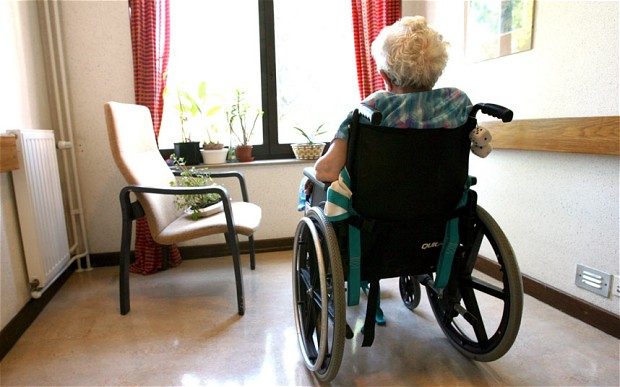It is untenable for the Government to refuse to admit mistakes and we need a public inquiry, writes David Quinn
Nursing homes in Ireland, whether private or HSE-run, look after about 30,000 elderly people. That comes to roughly 0.6% of our population. Yet these homes account for around 50% of all Covid-19 related deaths at the time of writing, a totally disproportionate number.
What accounts for this? Is it that the deaths were inevitable, or maybe some policy mistakes by the health authorities, and ultimately the Government, are also responsible? Also, is the situation in our nursing home worse than in other countries?
Let’s deal with the question of inevitability first. Yes, it was inevitable that the infection would get into nursing homes. It is in the general community and therefore there was always the danger that it would get into care home as well. Once in those homes, it would be hard to contain. Staff go from patient to patient and if staff are infected, then they will infect patients as well.
Patients will also infect one another. This is what happens in families. If one member of a family gets it, then it fairly likely other members of the same family will also contract it. However, a family member can stay in their room, and self-isolate, unless they are a small child. The person doesn’t need to be fed, cleaned, gotten out of bed and into bed, given medication etc.
Carer
The carer won’t then be moving on to provide the same level of attention to other people. Therefore, while a family home can be compared to a nursing home, in the sense that one infected people can spread the disease to others, nursing homes are far more vulnerable.
In addition, it can be hard to keep an elderly person in their bedroom. They might well have dementia, and will be wandering the corridors, and if they sneeze or cough, might not think to cover their mouth or nose.
In a way, the care homes are in a similar situation to the mother and baby homes of old. Or indeed maternity units in regular hospitals. Babies were being kept at close quarters, and if one got (say) measles, then it was very likely others would also get it because measles is incredibly infectious. This was in the days before vaccinations and antibiotics of course.
At one point after World War II, the Rotunda in Dublin had to basically close down and set up a temporary facility across the road because so many infants were dying.
As we know, elderly people, especially those with an existing illness such as hypertension, are the most likely to die if they contract Covid-19.
In other words, it is understandable that care homes are especially vulnerable to this pandemic. At the same time, we must not push the inevitability line too far because it can be a way of avoiding blame and not admitting that mistakes were made.
At the time of writing, about 40% of the country’s 500 nursing homes are affected by the virus. Many staff have been, and are, off sick. Hundreds of elderly people have died, and thousands of residents are infected. Almost a quarter of residents with confirmed or strongly suspected cases of Covid-19 have died.
On the other hand, 60% of nursing homes do not report cases of infection. Is that because they are better run than other homes, or have they merely been lucky?
The official line has been that the first task of the health authorities was to protect the general population and now they are moving to protect the care homes”
We also have to look at the State’s role in this. In the early stages of the lockdown, the State was clearly paying far more attention to the hospitals than to the care homes. The hospitals were prioritised for staff, personal protective equipment (PPE) like gloves and masks, and even oxygen.
The body representing private nursing homes (accounting for the big bulk of the sector), Nursing Homes Ireland, chased Health Minister, Simon Harris, for a meeting through the month of March before finally securing one.
They complained about how the State was essentially outcompeting them for staff, PPE and oxygen. This made it much harder for them to fight the virus in the nursing homes. A care worker without adequate PPE is obviously far more likely to contract the disease and then infect others.
In some other countries, however, the authorities have admitted that mistakes were made, for instance in Belgium and Sweden”
The official line has been that the first task of the health authorities was to protect the general population and now they are moving to protect the care homes. But does this make sense? Why could both not have been protected at the same time, especially in view of the much greater danger to nursing and other care homes?
Also, it was a decision, not an inevitability, to outcompete such residences for vital equipment and staff.
The HSE has said it is deploying staff to care homes. But thus far, this can only happen on a voluntary basis, and fewer than one HSE doctor or nurse per infected care home has been redeployed. That is hopelessly inadequate.
How do we compare with other countries in regard to these homes? We don’t have a comprehensive picture yet, but the sector has been very hard hit elsewhere as well because many countries took the decision to prioritise the hospitals and effectively make the nursing homes their poor relations. Maybe groupthink had taken over again.
In some other countries, however, the authorities have admitted that mistakes were made, for instance in Belgium and Sweden. But here, the authorities won’t admit any mistakes. That is untenable. In due course, there will need to be a public inquiry.


 David Quinn
David Quinn
